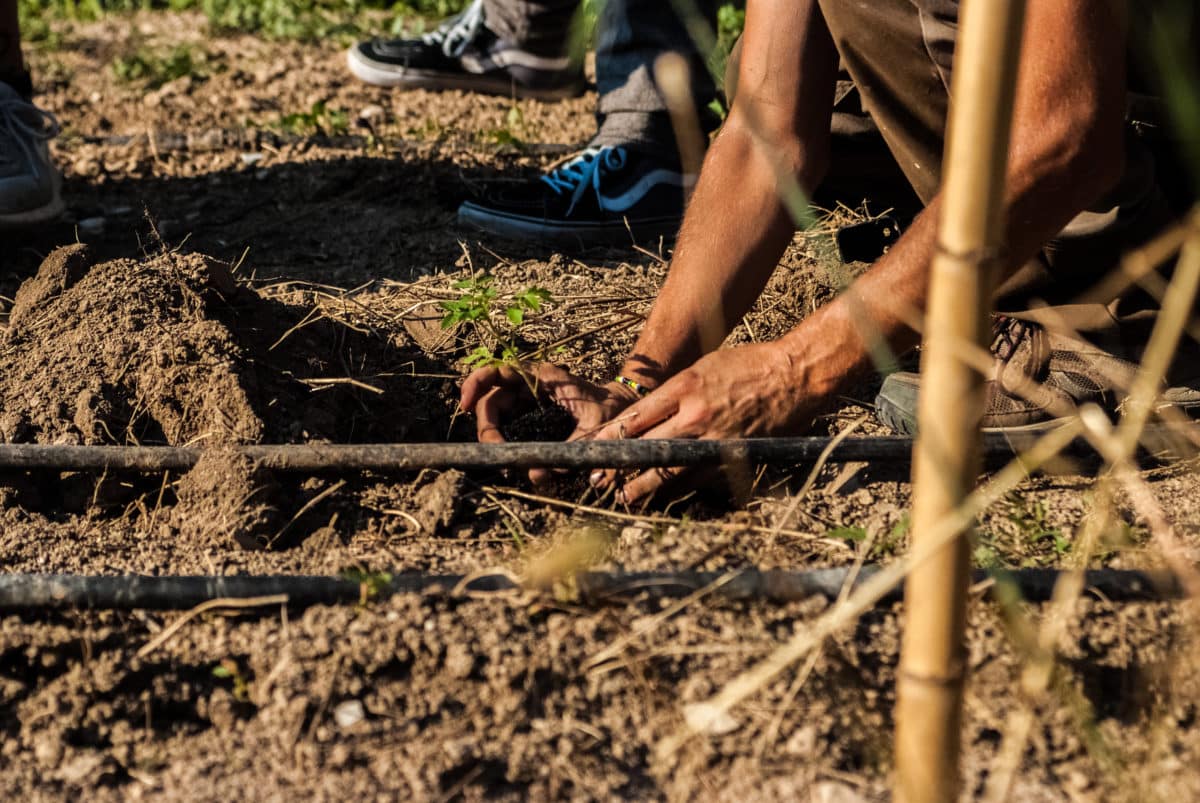Anna Davies is Professor of Geography, Environment and Society at Trinity College Dublin where she directs the Environmental Governance Research Group and is on the steering committee for the Trinity Centre for Future Cities. Her research project, SHARECITY, is mapping a big rise in Internet-enabled initiatives to share more food, or re-cycle food waste, across the globe. From shared kitchens to underground gardens to dumpster diving, her group has collated data on more than 4,000 initiatives around the world, and put them into a searchable database that launched publicly in September 2017. With the database, she is literally putting food sharing on the map. SHARECITY is funded by the European Research Council. The author’s interview with Professor Davies follows.
What is food sharing?
Good question, food sharing can mean a whole bunch of things.
We’re all familiar with the idea of cooking and eating a meal with our friends and family – from everyday meals to festive feasts, but in SHARECITY we see food sharing as being much more than this. We include growing together – in shared plots, community gardens and allotments and the redistribution of surplus food through initiatives like public fridges and community cafés, even extending our definition to include emerging collaborative economies around food previously seen to be at the end of its useful life through community composting networks.
So sharing around food includes not just sharing food itself, but also the sharing of spaces and even skills around growing, preparing and eating food. Ultimately, for us, food sharing is doing things together around food.
Food sharing is certainly not new, but new technologies, in particular Information and Communication Technologies like smart mobile phones, Apps, interactive web platforms and social media, are stretching the spaces and scales over which food can be shared. Key questions for us are focused on what difference this technology is making to food sharing and in particular, is it making food sharing more sustainable?
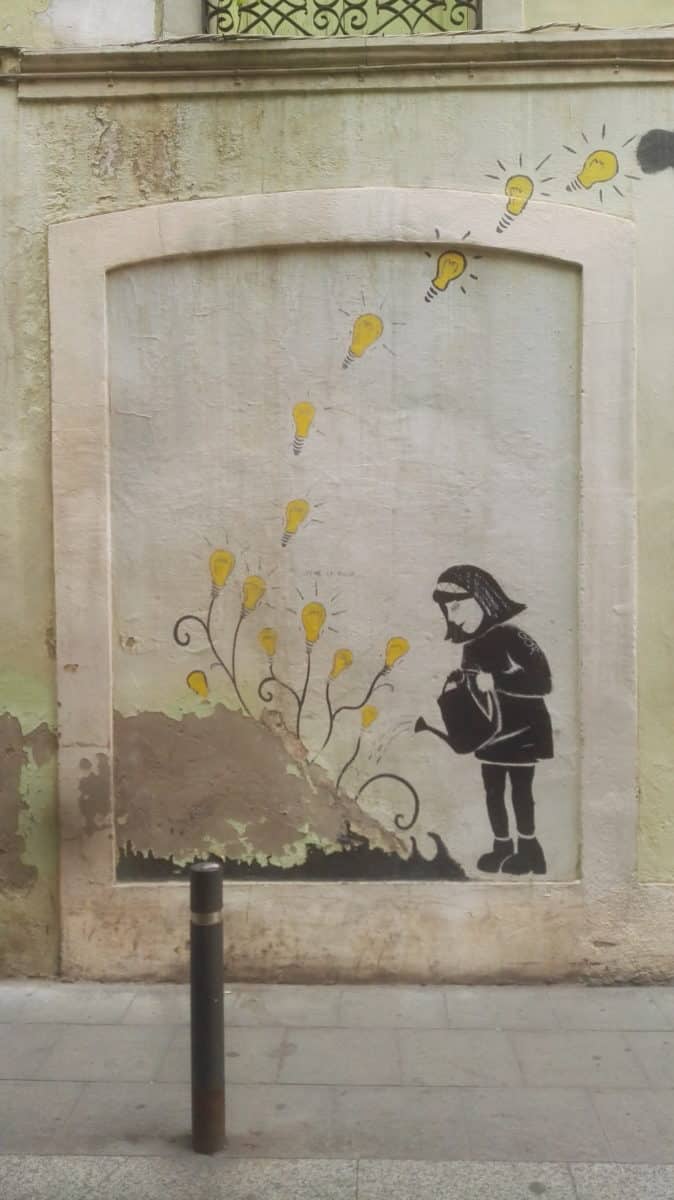
What inspired you to begin this project, and what is the SHARECITY research project all about?
I have a long term interest in developing systems of sustainable production and consumption and during a previous research project called CONSENSUS I led a series of workshops that brought together a range of people with different backgrounds and areas of expertise to think through what a sustainable future would look like in 2050.
One of these experiments focused on food and it was clear from the workshops and the resulting scenarios that people envisaged sharing food would be much more prevalent in the future and increasingly shaped by new technologies of all kinds. It struck me that many of the ideas around ICT-mediated food sharing were already existing, if niche, activities but when I tried to find out more I hit a dead end. While there were interesting vignettes of inspiring individual food sharing initiatives popping up on social media there was a lack of evidence-based research on the practice and sustainability potential of these types of initiatives more broadly. It was from this that SHARECITY was born.
SHARECITY will establish the significance and potential of food sharing to transform cities onto more sustainable pathways by: developing deeper theoretical understanding of contemporary food sharing; generating comparative international empirical data about food sharing activities within cities; assessing the impact of food sharing activities; exploring how food sharing in cities might evolve in the future.
Food sharing is as old as the hills. Which branches of science are involved in this project, and how can they help us understand this deeply human activity?
Food sharing is an archetypal, transdisciplinary activity so to understand it in its entirety requires understanding of diverse environments, cultures and economies. SHARECITY is lucky enough to have an interdisciplinary team of talented scientists. We have researchers with expertise in art and technology, earth science, environmental science, anthropology, sociology, impact assessment, planning, governance and sustainability.
Not only that, but we’re lucky enough to have an advisory panel of world leaders in geography, justice, nutrition and food science, soil science and economics, psychology and accounting. We’re also working closely with the initiatives actually involved at the coalface of food sharing. These initiatives are all experts in their own fields, with much knowledge to share with us on the challenges and opportunities around navigating food sharing in diverse urban environments. We are also working with those who are charged with governing food sharing: from food safety officers to land use planners. Together we hope to develop common ground amongst these diverse perspectives to make progress towards our collective goal of sustainable urban food systems.
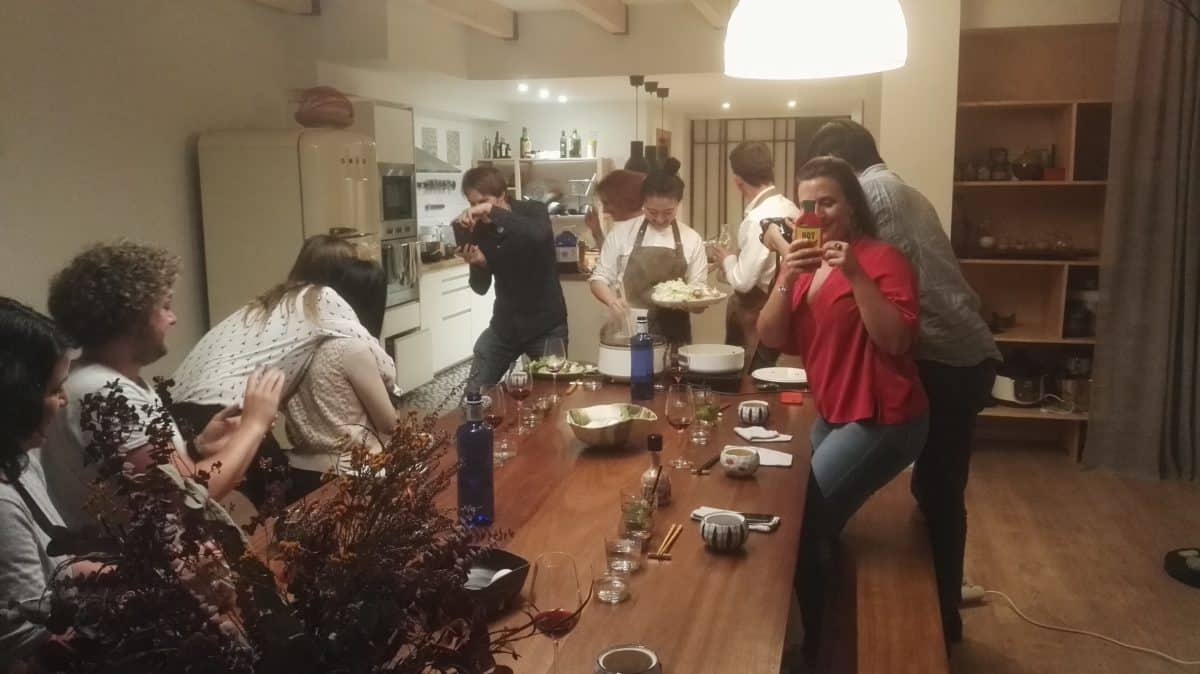
The sheer range of food sharing initiatives on your database is astonishing. Could you name a few that you feel are truly ground-breaking?
Indeed, diversity is key! I’ve written about the importance of recognising this diversity in a number of publications which are freely available online and from our webpage. Looking at mass media coverage of sharing in recent years it would be easy to think that modern sharing was all for-profit platforms using technology to find new ways of exploiting resources and people!
That is simply not the case on the food sector (and many others). In our research we found that most food sharing is not-for-profit and predominantly concerned with conserving resources, creating more supportive communities and developing greater food security. Food is often shared with the explicit goal of generating positive social, economic and environmental benefits, although reporting on those benefits is not easy. This is why SHARECITY is about to start work with initiatives to develop mechanisms to help them optimise and communicate these sustainability credentials.
It’s always difficult to identify individual initiatives out of our 4000+ database. Not only because part of the reason for SHARECITY is that it is not clear what the impacts of food sharing are having on our urban food systems – no one has studied it in any sector-wide sense before. Our database made a start here, at least with the 100 cities we examined. It’s also difficult because what is truly ground-breaking in one place may not be in another. Context – including history, geography and culture — is crucial!
There are some initiatives such as the food surplus redistribution trailblazers, FoodCloud and Olio, and frontrunner meal sharing platforms such as Viz Eat that emerged in Europe and have already received a lot of media attention. I’d like to throw some new ones into the mix to illustrate the diversity of locations and practices. Check out the following initiatives that have emerged in cities across Africa, Asia, South America and the Middle East:
FoodJams in Johannesburg, South Africa is an initiative which organises social gatherings in which eating food is only half the fun. They say “Participants are paired up, preferably with strangers, and each team is given a portion of the meal to prepare and invited to follow the recipe, although participants are usually encouraged to improvise.
The FoodScape Collective in Singapore is a grassroots collective initially focused on encouraging greater food growing in urban Singapore and which is now expanding to encompass sharing activities across the food landscape.
In Rio, Brazil, Green My Favela was formed to reclaim degraded land and to create more productive green spaces inside favelas, which are low-income and historically informal urban areas in Brazil. They say “We work with favela residents to green what we can through collaborations with individuals, families, NGOs, schools, the private and public sector, and social innovators to remediate neglected and abused land; to cultivate nutrition security; to make more productive, environmentally responsible, and desirable public space; to problem solve for critical needs; and to skill share with a wide range of participants.”
Meanwhile, in Dubai, the Ramadan Sharing Fridges campaign began as an initiative to help less fortunate community workers and labourers access free food and drinks during the month of Ramadan. The initiative says this “brings together different members of the community to share a moment together, and to show appreciation and respect for each other.”
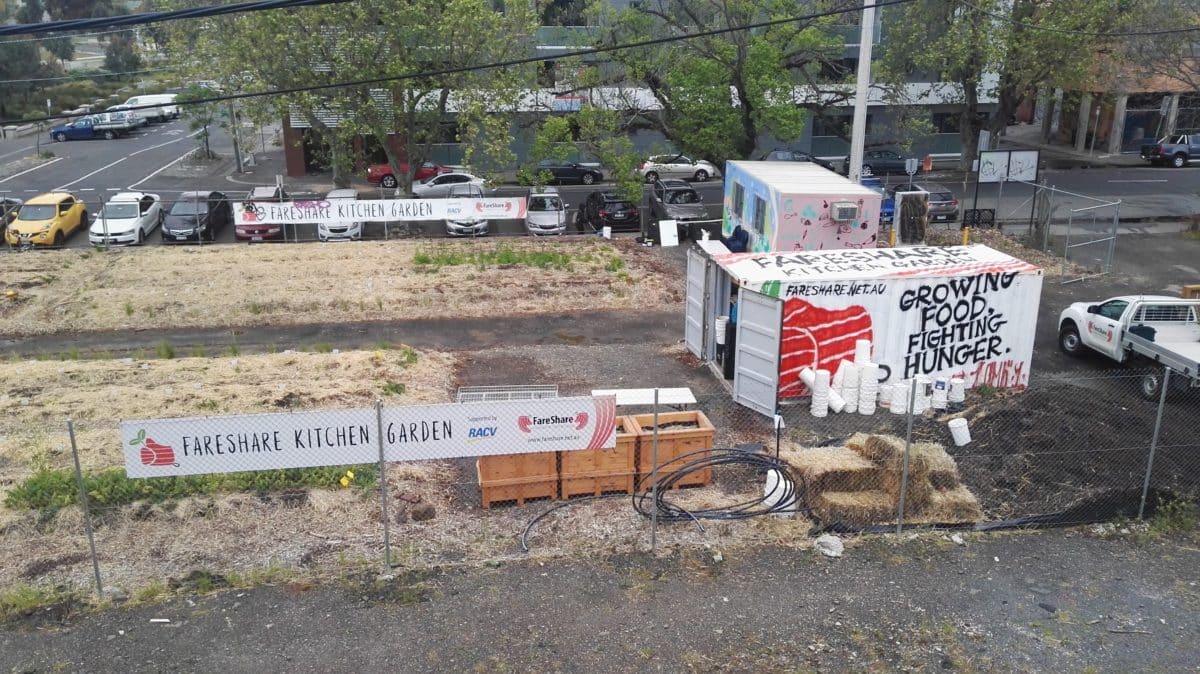
How are local and national governments across the globe reacting to the growing numbers and types of food sharing initiatives in their areas?
There is no clear pattern here.
Even within the European Union, with its common governing framework around food safety and waste management as well as recent guidelines on food donation, states are developing different ways and means to regulate sharing, as seen in the divergent ways that Italy and France are approaching actions around food waste and food donation.
Similarly, some cities are more progressive than others in terms of supporting start-ups, social enterprises and food-related initiatives. We document some of these differences in city profiles developed for the nine cities in which we conducted indepth research.
In our research, cities with the most food sharing initiatives tend to also be engaged with issues of food sustainability, with many of our 100 cities in the SHARECITY100 signed up to the Milan Urban Food Policy Pact or members of the Sharing Cities network managed by Shareable. Being part of such groupings certainly provides wider networks of support, inspiration and knowledge exchange.
Have there been any problems or concerns regarding food safety with food sharing across the world?
Yes! All the food sharing initiatives with which we’ve done indepth research were totally committed to food safety as part of their operations. However, that is not to say they were all happy with the current forms of food safety regulation, particularly amongst initiatives where food is seen as a human right or a commons rather than a private commodity. Certainly, food safety regulations have been developed to respond to dominant means of producing and exchanging food, which is increasingly characterised by global production and distribution networks and large multi-national corporations. It is not hard to appreciate that regulation suited to governing a large multinational corporation like Monsanto, for example, might not be so relevant for a community seed swap. One size fits all regulation could yet stifle future innovation around food practices if the variety of activities, goals, practices and outcomes around food are not considered.

One example where tensions have recently become visible is in relation to public fridges. In Germany foodsharing.de was integral in developing this movement. In 2014, the organization introduced public fridges (fair teiler) where people can freely and anonymously share food. There are about 350 fridges in the network and 25 in Berlin. As Oona Morrow from SHARECITY notes in a forthcoming paper “In Berlin, making food public has attracted the attention of the Food Safety Authority, and brought the self-governance practices of Foodsharing.de into tension with local and EU food safety governance practices. As open-access commons, the fridges are subject to many of the same fears that neo-classical economists have raised about the tragedy of the commons. If no one owns the fridge or the food inside, no one is responsible for it, and there is no one to hold liable for sharing food that is unsafe. But as Ostrom and other commons scholars have pointed out, the absence of (private) ownership should not be mistaken for an absence of rules and responsibilities.”

How and why does the SHARECITY project focus on the very topical subject of migrants and refugees?
We didn’t set out specifically to look at food sharing with migrants and refugees, but the existence of such initiatives within the nine cities we examined for our in-depth research was hard to ignore. From Melbourne to Athens, it was heartening to see the manifold ways that diverse communities can come together around food. This goes far beyond simply providing food as fuel for those who are hungry and includes the ways that food can be used as a conversation starter, as social glue, binding and bonding evolving communities, and as a means to secure greater resilience and well-being.
One such example is Mazí Mas, in London: a social enterprise dedicated to supporting women from migrant and refugee communities, it specialises in “intimate, transporting dining experiences that trace stories of migration through food, and forge personal connections between our chefs and diners.”
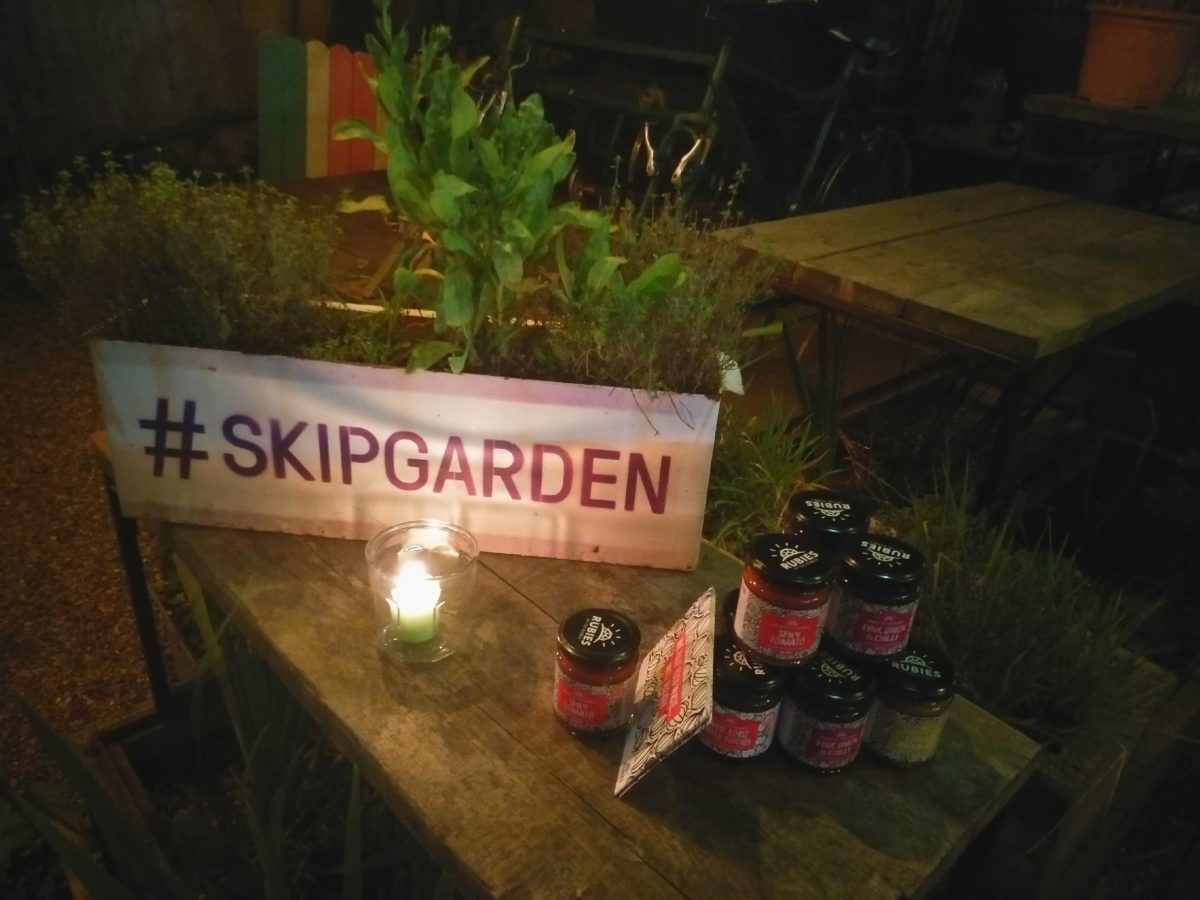
Aside from reducing food waste, etc, what additional benefits are there for people involved in food sharing, and have any surprised you during your research so far?
The benefits are social, economic and environmental – they are also broad and deep, and hugely dependent on who you talk to and when you talk to them.
Sometimes it’s easy to fall into the trap of assuming that it’s only the recipients of food, space or skills who benefit from food sharing. Our research has found that it also benefits those who are giving food – people gain huge personal and social rewards from being involved, making a difference to others, finding communities of practice and widening social circles to overcome loneliness that has become endemic in our cities and in many cases, food sharing involves being both donor and recipient.
Businesses also benefit from being donors — they gain social capital and status within communities for sharing and can offset at least some of the externalities that our global agri-food industry creates, particularly around redistributing food surplus.
Governments benefit as well; innovation around food sharing has emerged pretty much in a policy vacuum, these innovators are ahead of the game in terms of seeking real world solutions to societal meta-challenges and government officials can ride on the coat tails of these activities, providing they establish appropriate ecosystems of support!
When will the project be finished, and where will it go from there?
Luckily, we have a few more years left with SHARECITY – it runs until 2020 – our next steps are to co-design a sustainability toolkit for ICT-mediated urban food sharing initiatives and to conduct workshops to define sustainable food sharing futures. We’re hopeful that the SHARECITY approach can be rolled out to cities beyond the 100 we began with and also into other sectors of sharing.
How do you predict food sharing will evolve in the future?
That really depends on how governments react and food sharing entrepreneurs innovate. Everything is still to play for with regards to ICT-mediated food sharing. We’re hoping that SHARECITY will help support sustainable innovation and appropriate regulation to maximise the contribution that food sharing can make to achieving the Sustainable Development Goals and transitioning our food systems onto more sustainable pathways.
How can someone with a food sharing initiative add their project to your database?
If the food sharing takes place in our 100 cities we can easily add them in. We do an annual update of the database so initiatives just need to drop us an email to sharecity@tcd.ie or tweet @ShareCityIre. We’d love to hear from others outside the 100 cities too; and if there’s enough interest, we can explore possibilities for extending the database.
What kind of food sharing do you, yourself, participate in?
Well, on a daily basis I share food with friends and family of course and the whole team has actively participated in all sorts of food sharing across the world over the past twelve months. I can safely say, we’ve tried everything and lived (well) to tell the tale. From food swaps to urban gleaning we’re all committed to safe, sustainable sharing as a way to help keep within our planetary boundaries and really enjoy fresh, healthy and local food together with others. ![]()
